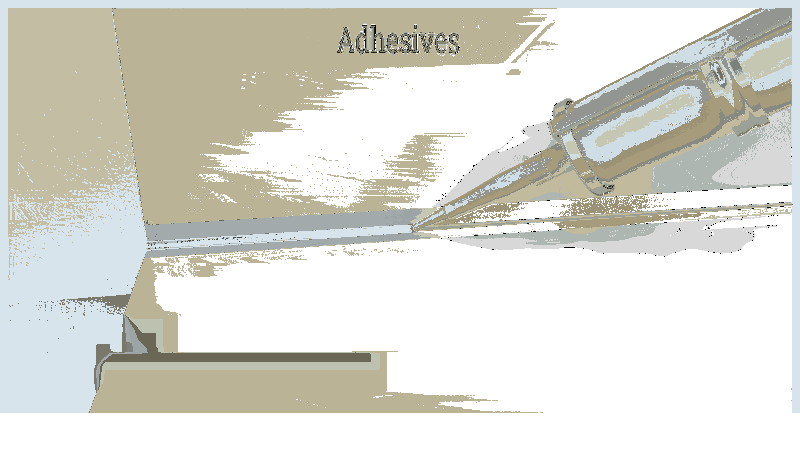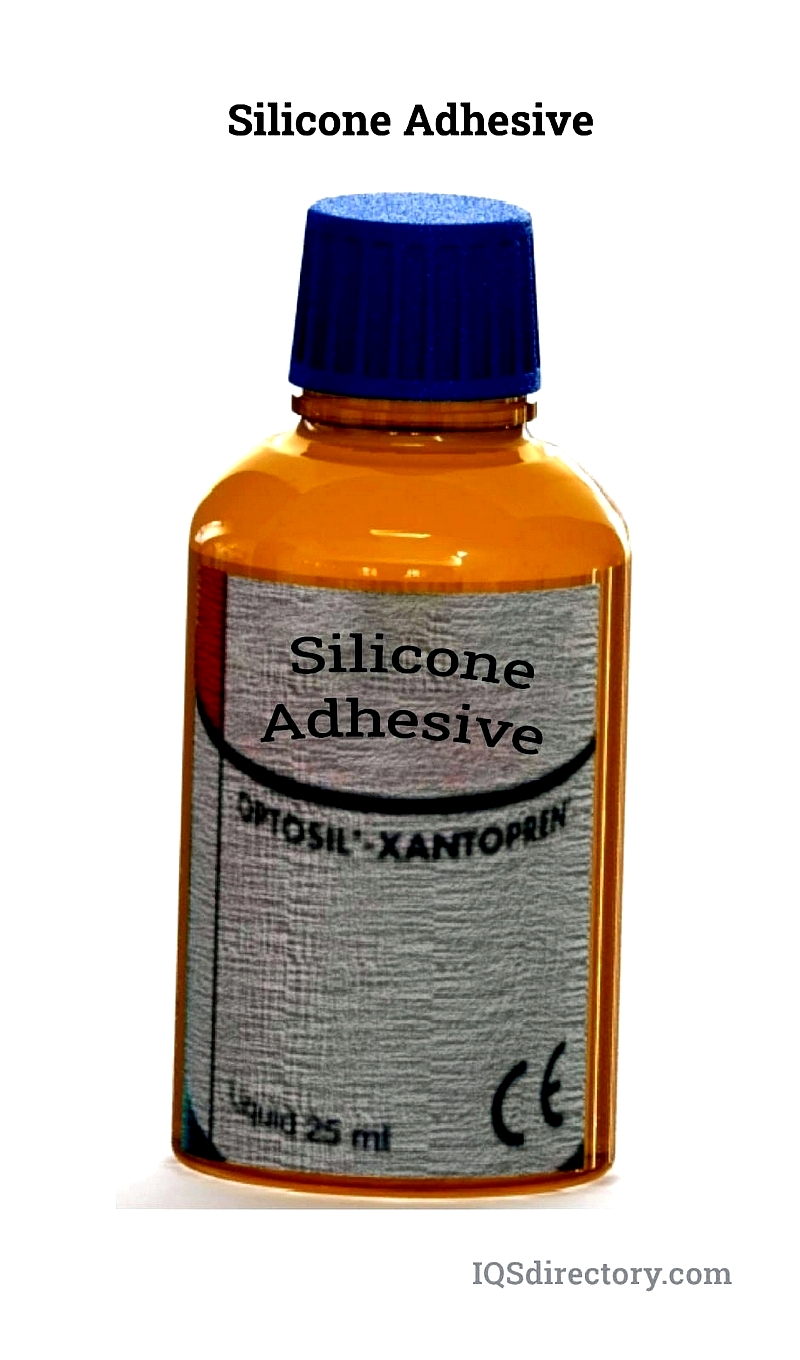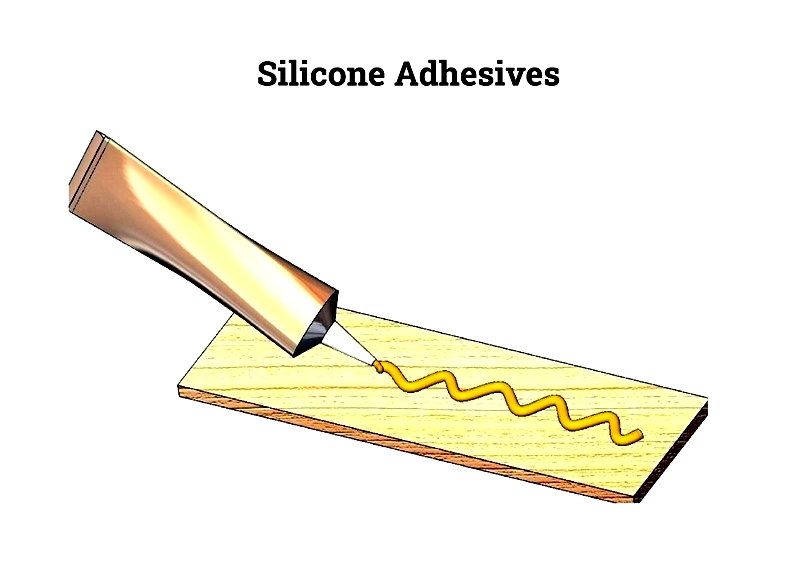Introduction
This article provides an in-depth analysis of Silicone Adhesives.
You will learn about:
- The definition of Silicone Adhesive
- The manufacturing process of Silicone Adhesive
- Materials compatible with Silicone Adhesives
- Different types of Silicone Adhesives
- And more...

Chapter One – What is Silicone Adhesive?
Silicone adhesive is a versatile, water-resistant polymer primarily composed of silica, a common form of sand found in quartz. The term "silicone" refers to a group of polymers featuring a siloxane bond combined with organic compounds. Production begins with extracting silicon from silica, also known as silicon oxide.
Silicone adhesives offer numerous benefits, making them popular for various applications. They provide a non-toxic alternative to traditional adhesives, being both inert and adaptable. These adhesives are widely used across industries for secure surface bonding.
Due to their biocompatibility, silicone adhesives are commonly used in healthcare. They serve as bandage adhesives that adhere well to skin, creating a protective seal against infections while being easily removable without residue. Their durability stems from excellent chemical stability and resistance to environmental factors. Whether bonding metals or skin, silicone adhesives deliver strong, long-lasting adhesion.

Silicone's unique properties make it exceptionally resilient. Its elasticity remains consistent across a wide temperature range. These adhesives are often used for metal bonding due to their flexibility, heat resistance, and ability to adhere to various substrates.
Chapter Two – How Silicone Adhesive is Made?
The main component in silicone adhesive is silica, a plentiful mineral found in sand, soil, granite, and rocks. As a fundamental raw material constituting about 25% of Earth's crust, silica is essential for producing high-performance silicone adhesives. Found in forms like emerald, quartz, clay, and glass, silica forms the basis for industrial sealants, caulks, and specialized glues used in electronics, automotive, medical, and construction industries.
Silica, or silicon dioxide (SiO2), consists of silicon and oxygen atoms. Its primary forms are quartz, tridymite, and cristobalite, with other variants including celestite and lechatelierite. Beyond adhesives, silica is used in concrete, abrasives, semiconductors, and ceramics. Understanding its diverse applications highlights its significance in producing standard and specialty silicone bonding materials.
Isolating Silica
Producing premium silicone adhesives starts with extracting silicon from silica. Abundant in quartz and sand, silica provides the foundation for synthesizing high-purity silicon needed for industrial adhesives. Silicon extraction is technically challenging due to its extremely high melting point, requiring advanced thermal and chemical processes.
Quartz ore, containing quartz and silica sand, is the primary silica source. The ore is crushed to about 25 mm, then finely ground. After grinding, it undergoes scrubbing, washing, and flotation to purify the quartz sand. Screening removes impurities, ensuring the feedstock meets strict industry standards.
The final step involves heating purified quartz sand. Since silicon melts at extremely high temperatures, the sand is heated above 1800°C in an electric arc furnace. This reduction process yields metallurgical-grade silicon, which is cooled and ground into fine powder. This powder is then used to produce versatile silicone polymers and high-strength adhesives.

Making Silicone
To create silicone, pure silicon powder is mixed with methyl chloride and heated with a copper catalyst. This reaction produces various methyl chlorosilanes, with dimethyldichlorosilane being the most important. The mixture is then distilled to isolate the base material for silicone resin and adhesive production.
Next, water is added to dimethyldichlorosilane, initiating hydrolysis. This produces disilanol and hydrochloric acid. The disilanol condenses, forming polydimethylsiloxane (PDMS), known for its siloxane backbone, flexibility, and thermal stability. Manufacturers can adjust molecular weight and cross-link density to customize adhesives for specific needs.
Modern production may include additives, catalysts, or fillers to enhance properties like UV resistance, adhesion, or biocompatibility for medical applications.
Silicone Adhesive
Silicone adhesives result from polymerizing high-purity silicone compounds, creating advanced bonding solutions for industrial, automotive, electrical, and construction uses. In their uncured state, they are viscous gels or liquids, suitable for metals, glass, plastics, and ceramics. Being chemically inert and non-toxic, they are ideal for medical devices and electronics.
The final product is a durable, flexible, and heat-resistant adhesive. These properties make silicone adhesives valuable for applications requiring temperature resistance, moisture protection, and long-term durability. In automotive, they are used for gaskets and vibration damping; in electronics, for circuit board protection; and in construction, for weatherproof seals.
Recent advancements offer faster curing, low VOC emissions, and compatibility with automated dispensing, making silicone adhesives essential for efficient production and reliable designs.





